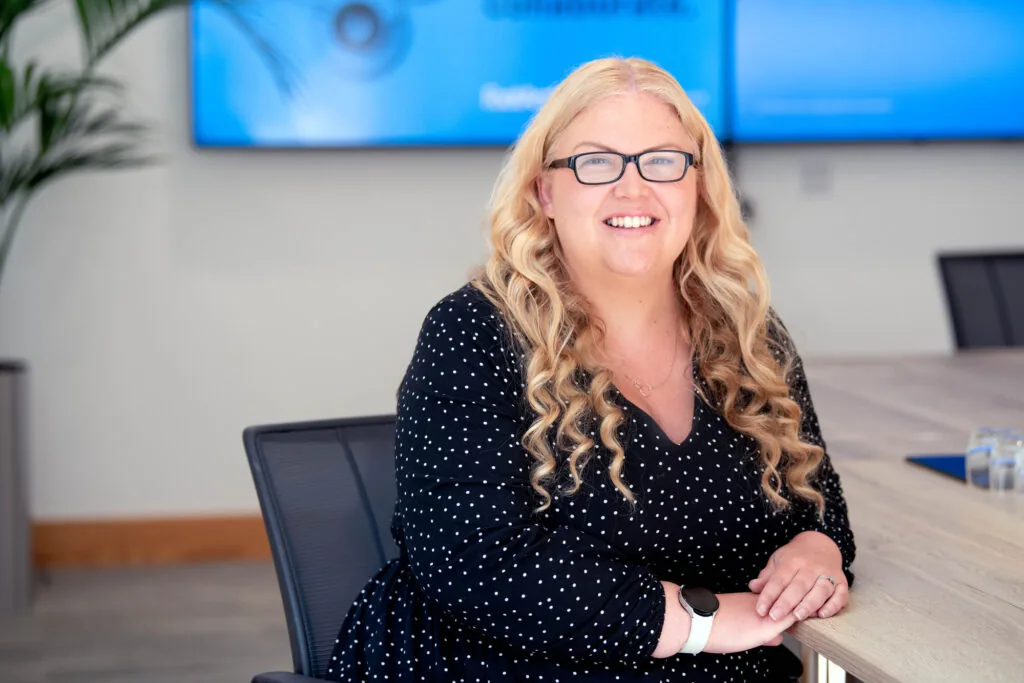
Principal Director - Chartered Trade Mark Attorney
Intellectual Property | Charities
This website will offer limited functionality in this browser. We only support the recent versions of major browsers like Chrome, Firefox, Safari, and Edge.


Highlighting the ramifications of sharing identical word elements and a high conceptual similarity, in a recent UK IPO trade mark opposition decision, upon the Hearing Officer finding indirect confusion, the trade mark application was rejected.
Indirect confusion is where the average consumer knows that two relevant trade marks are not the same yet believes that they are owned by the same or related undertakings. In other words, the public believe that the same entity is responsible for both trade marks. This is common with established brands such as "Easy -" (Jet, Hotel) and "Virgin - " (Active, Atlantic, Orbit etc.).
Self Made: Girl Boss Ltd and Joanna Blasco Lopez (the "Applicants") sought to register a trade mark of a female head and shoulders with the words 'SELF MADE: GIRL BOSS' in classes 16 and 35, with the former covering motivational cards.
Khadija Ward (the "Opponent") opposed the trade mark application in relation to class 16 on the basis of section 5(2)(b). The Opponent claimed that the trade mark was similar to its earlier trade mark registration for the a stylised female head with the word element 'DARKGIRLBOSS' covering class 16 goods including activity books, announcement cards and anniversary cards.
In order to succeed under this ground, the Opponent would need to show:
After considering the evidence, the hearing officer found that:
The Applicants' "motivational cards" were highly similar to the Opponent's "anniversary cards". The marks were found to be the same in nature (both being cards), having the same method of use (written in to convey a greeting) and the same users (members of the general public).
The figurative and verbal elements of both marks played an equal role in the overall impression of the mark:
Despite the high degree of similarity found between the goods, the visual differences meant that no direct confusion could be found. The Hearing Officer distinguished the marks on the basis that one was a black and white photograph of a head, whereas the other was a head and shoulders cartoon in colour. With this in mind, the Hearing Officer found that the average consumer (the general public), paying a low to medium degree of attention, would notice the differences between the marks.
Indirect confusion was established on the basis that there was sufficient similarity to warrant a belief that the marks belonged to the same or an economically linked company. It was held that the differences between the marks would only be seen as brand variation. The phrase "GIRL BOSS" established a link between the marks, as notwithstanding differing words preceding this phrase, the preceding words were merely descriptive whereas "GIRL BOSS" was the distinctive element.
Charlene Nelson, Chartered Trade Mark Attorney, commented: "This case serves to demonstrate the difference between direct and indirect confusion. In this case, whilst direct confusion could not be found because the visual elements were not similar enough, indirect confusion was found because the verbal elements were capable of association. Although trade marks are usually considered as a whole, the decision highlights that individual elements may nevertheless be dissected when making a decision."